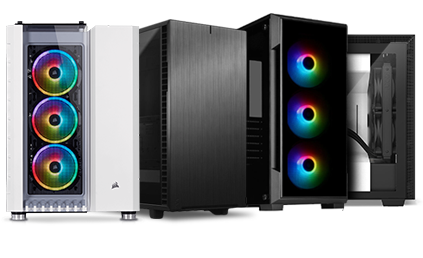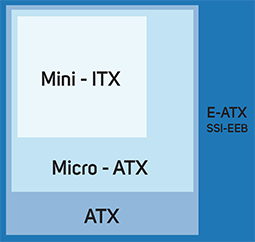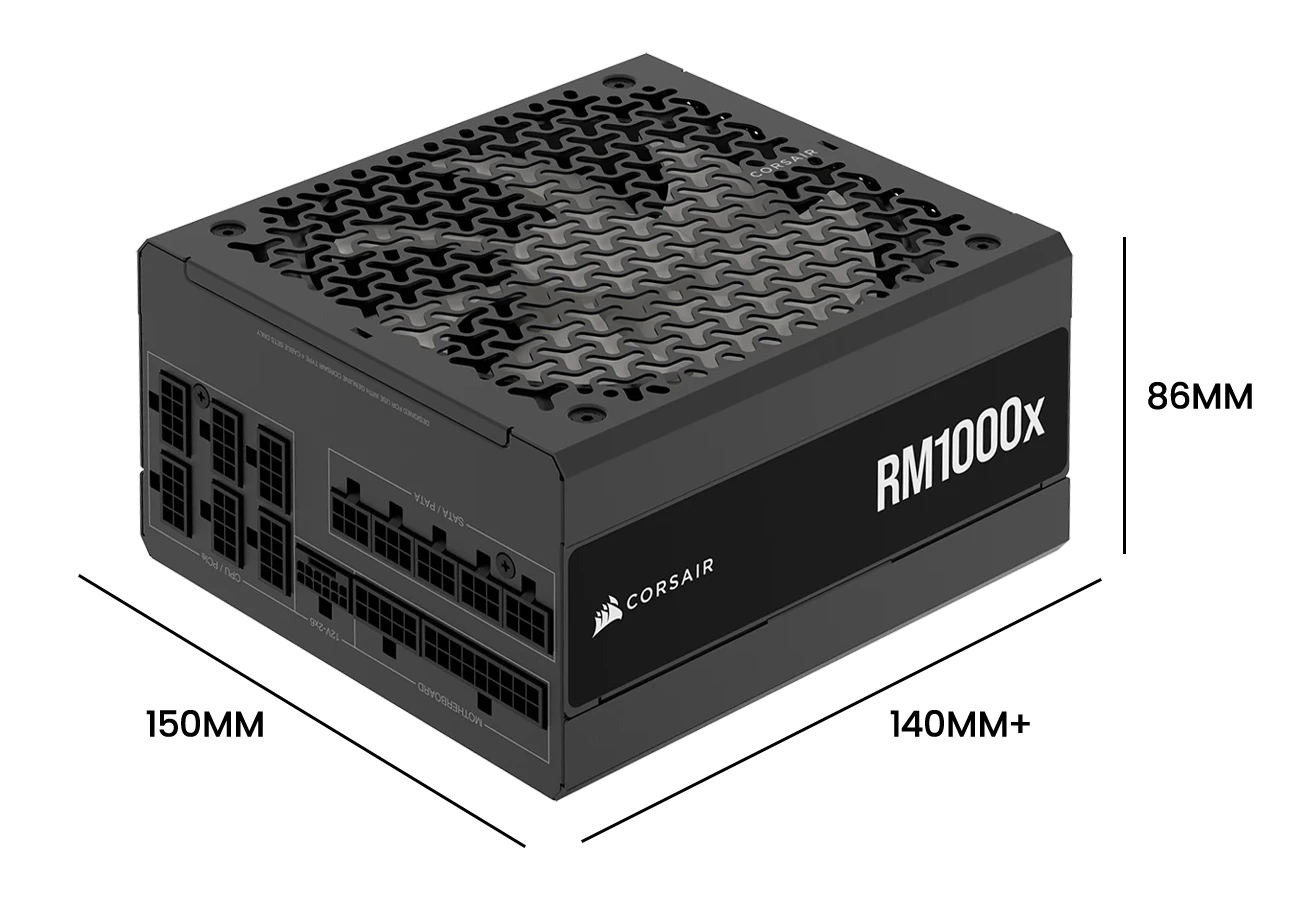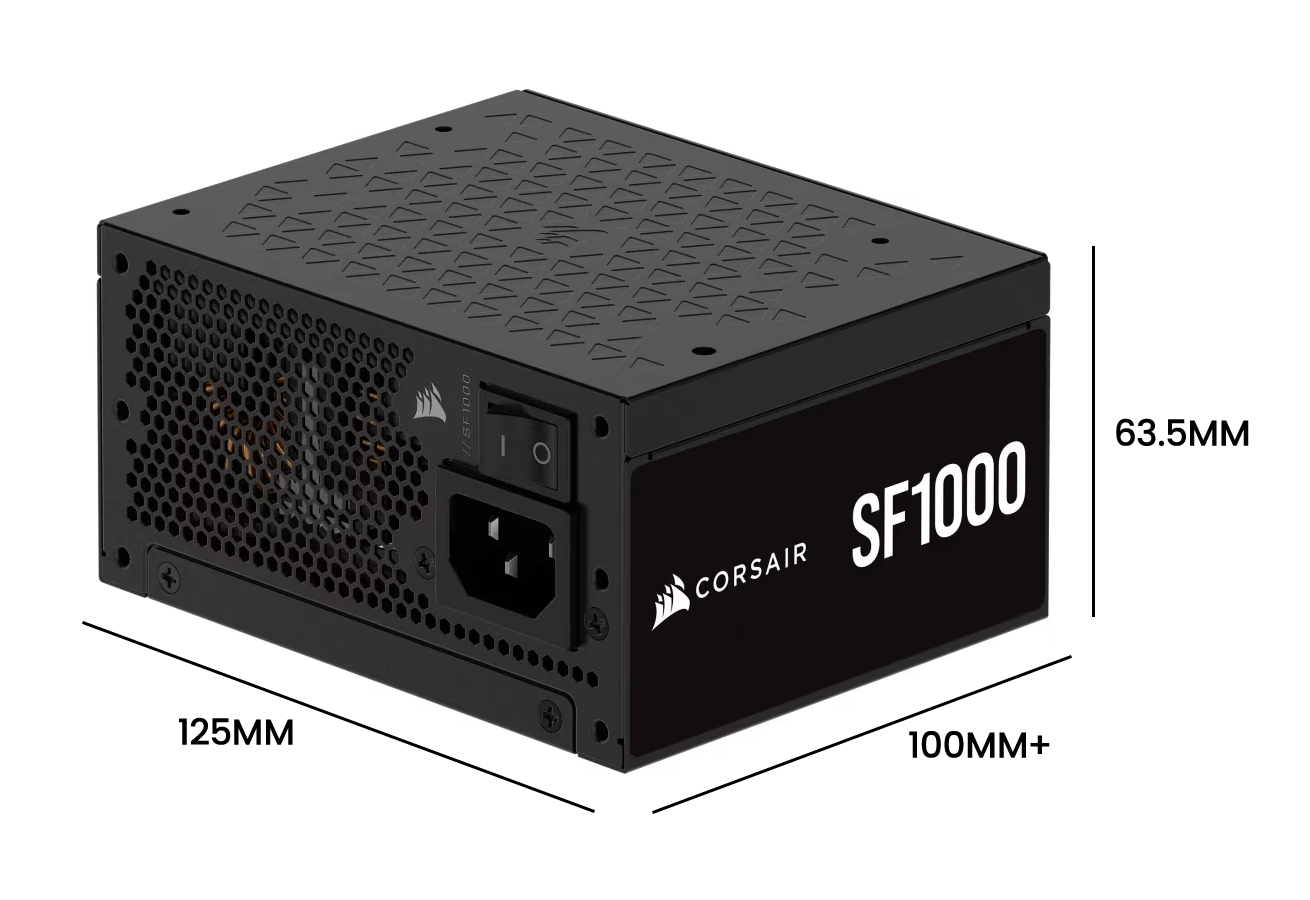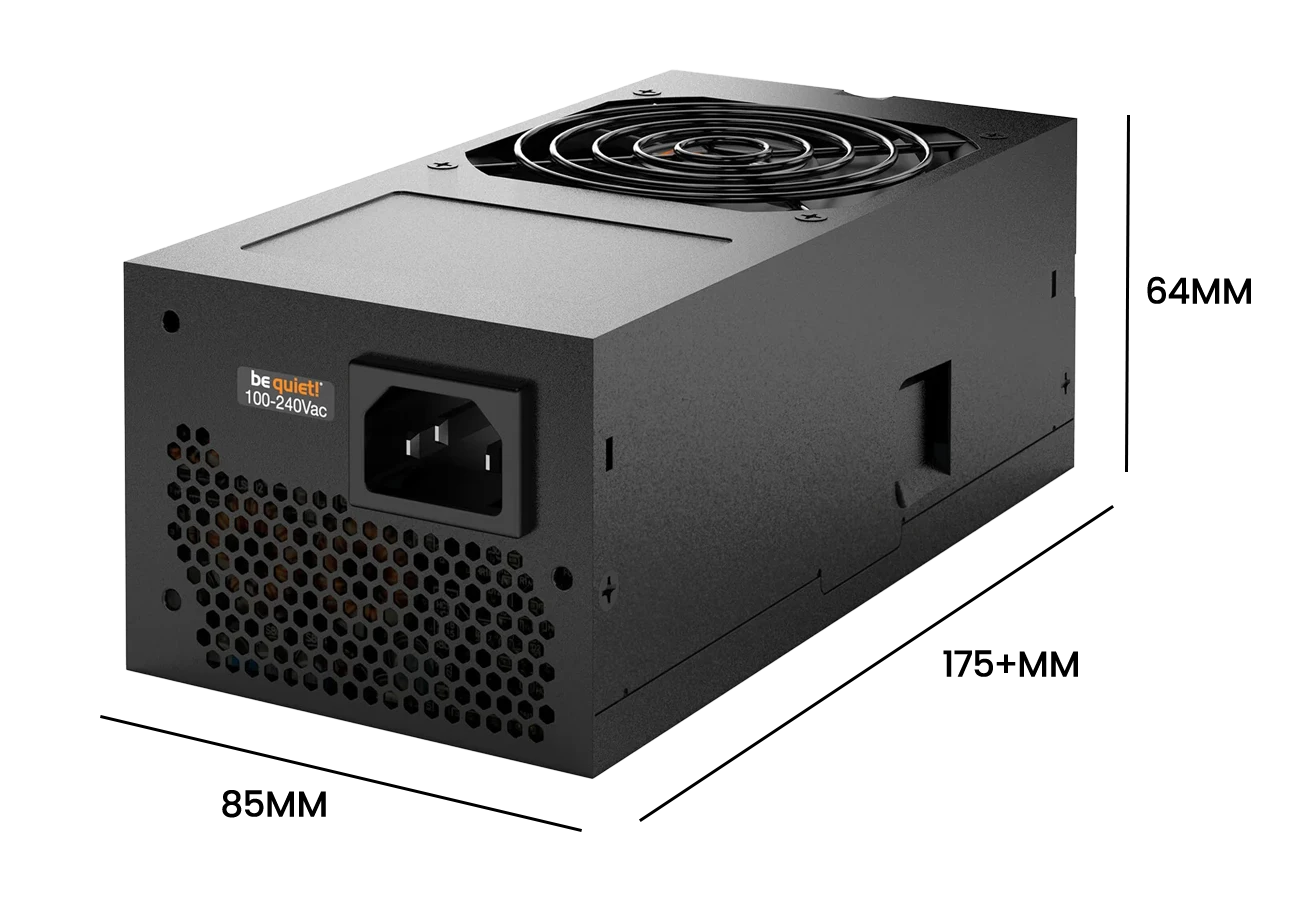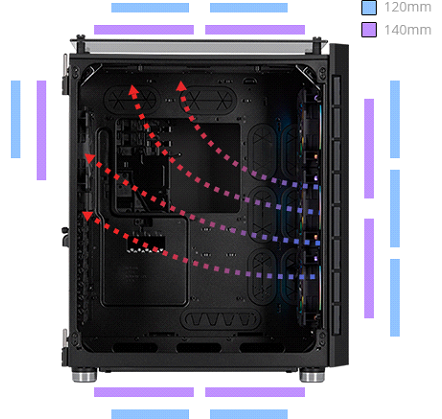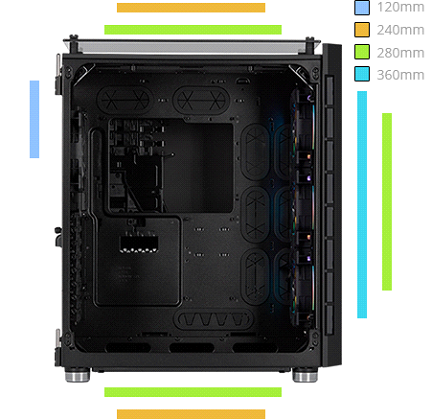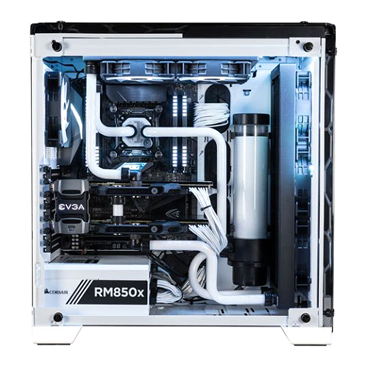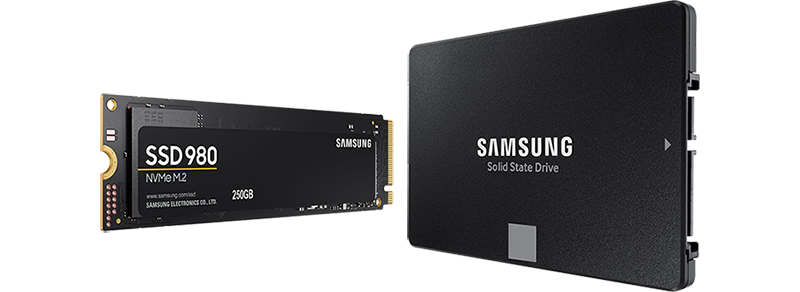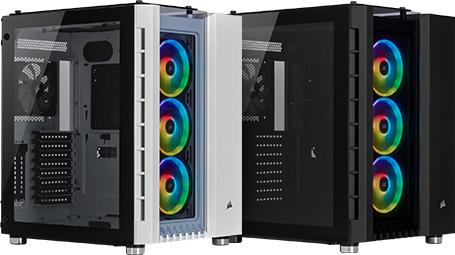PC Case Buyers Guide
PC cases come in a huge variety of sizes, shapes, materials, colours and finishes. The case is more than just a box to hold all the PC’s components, as in many cases it works as a display case to show them off.
As motherboards, CPU coolers, power supplies and storage drives come in all shapes & sizes too, it is important to choose a case that not only suits your style but also comfortably fits the components you want and allows for future expandability too, if required. This guide walks you through the key considerations when choosing a PC case.
